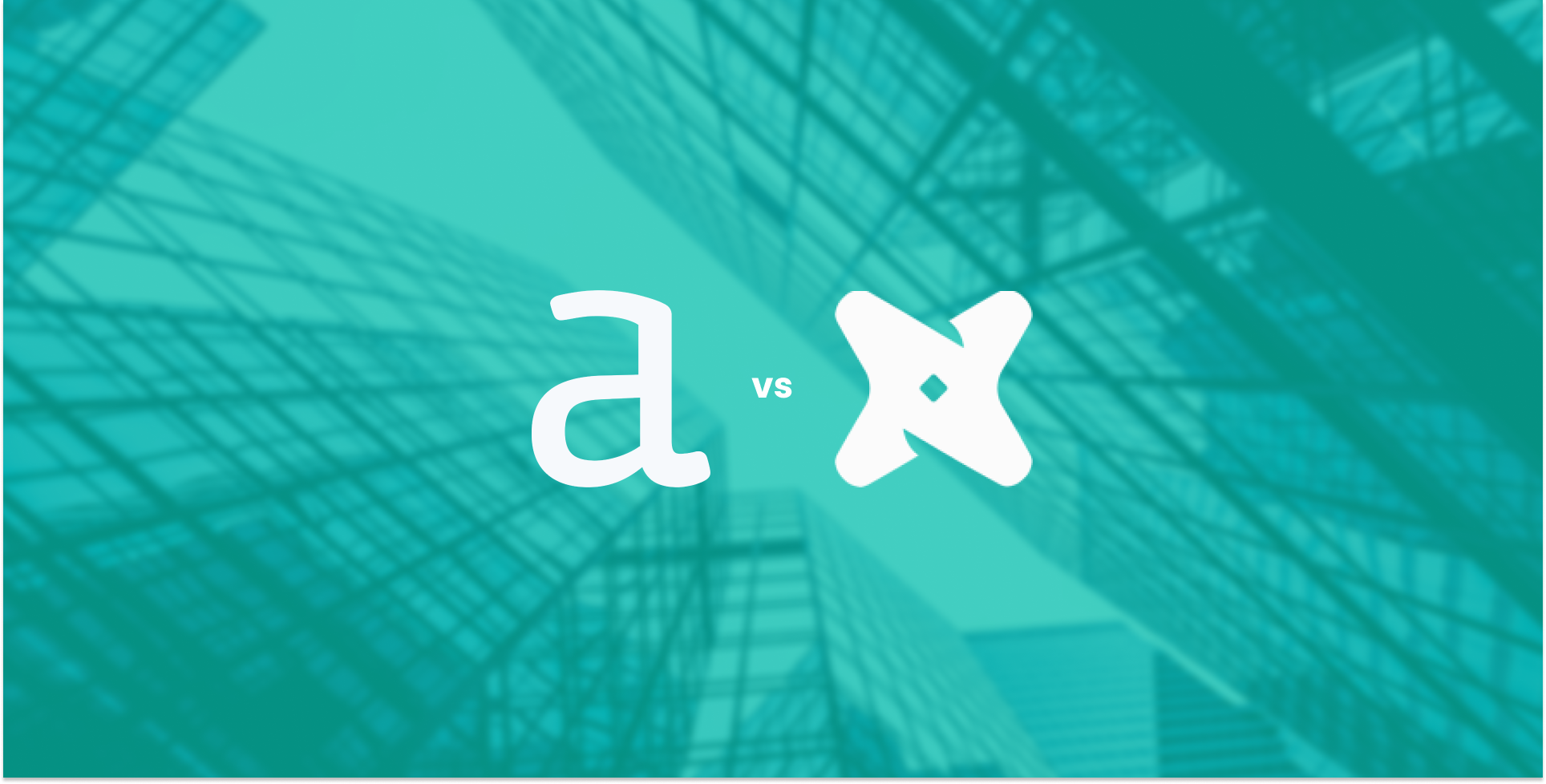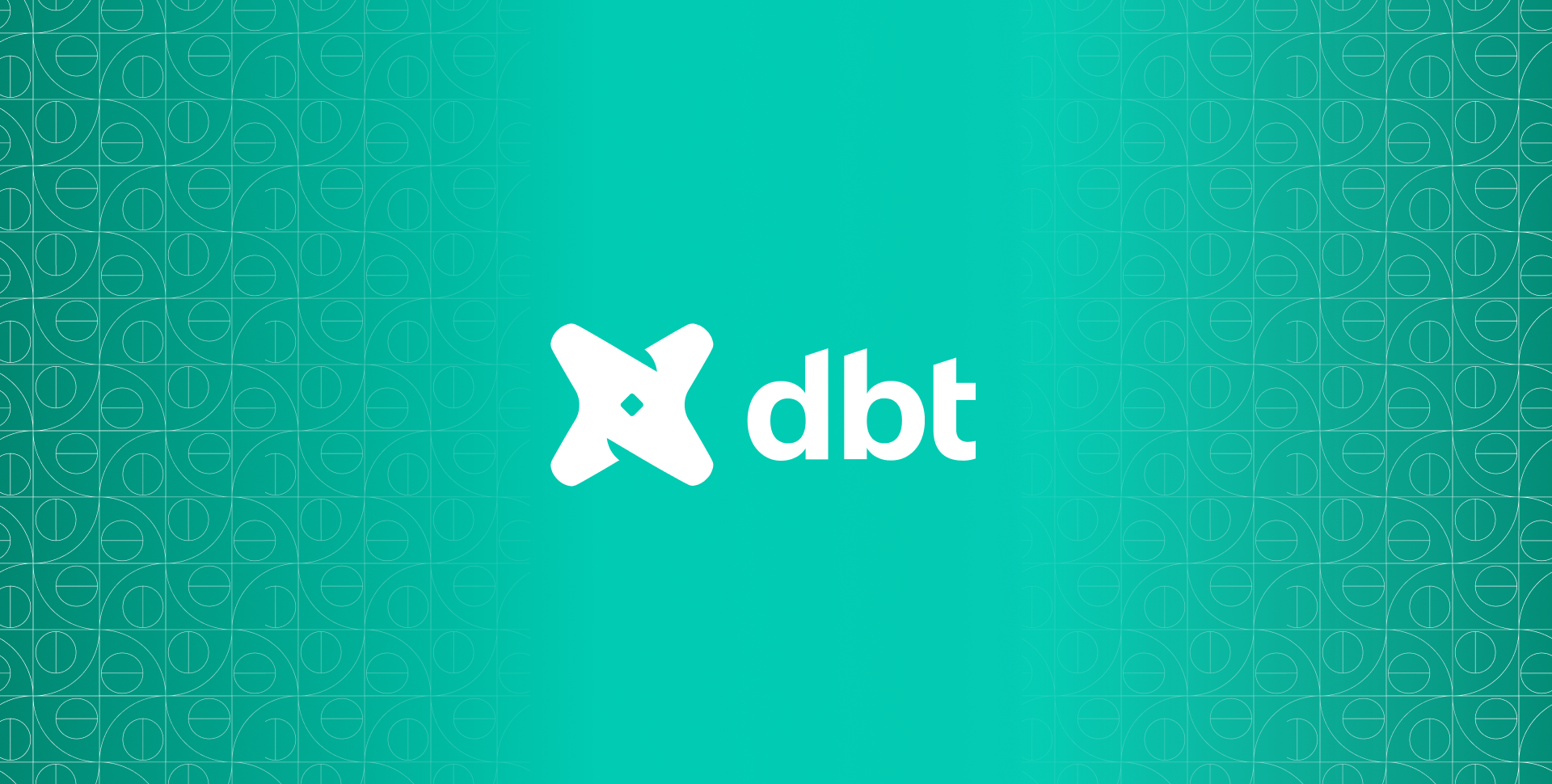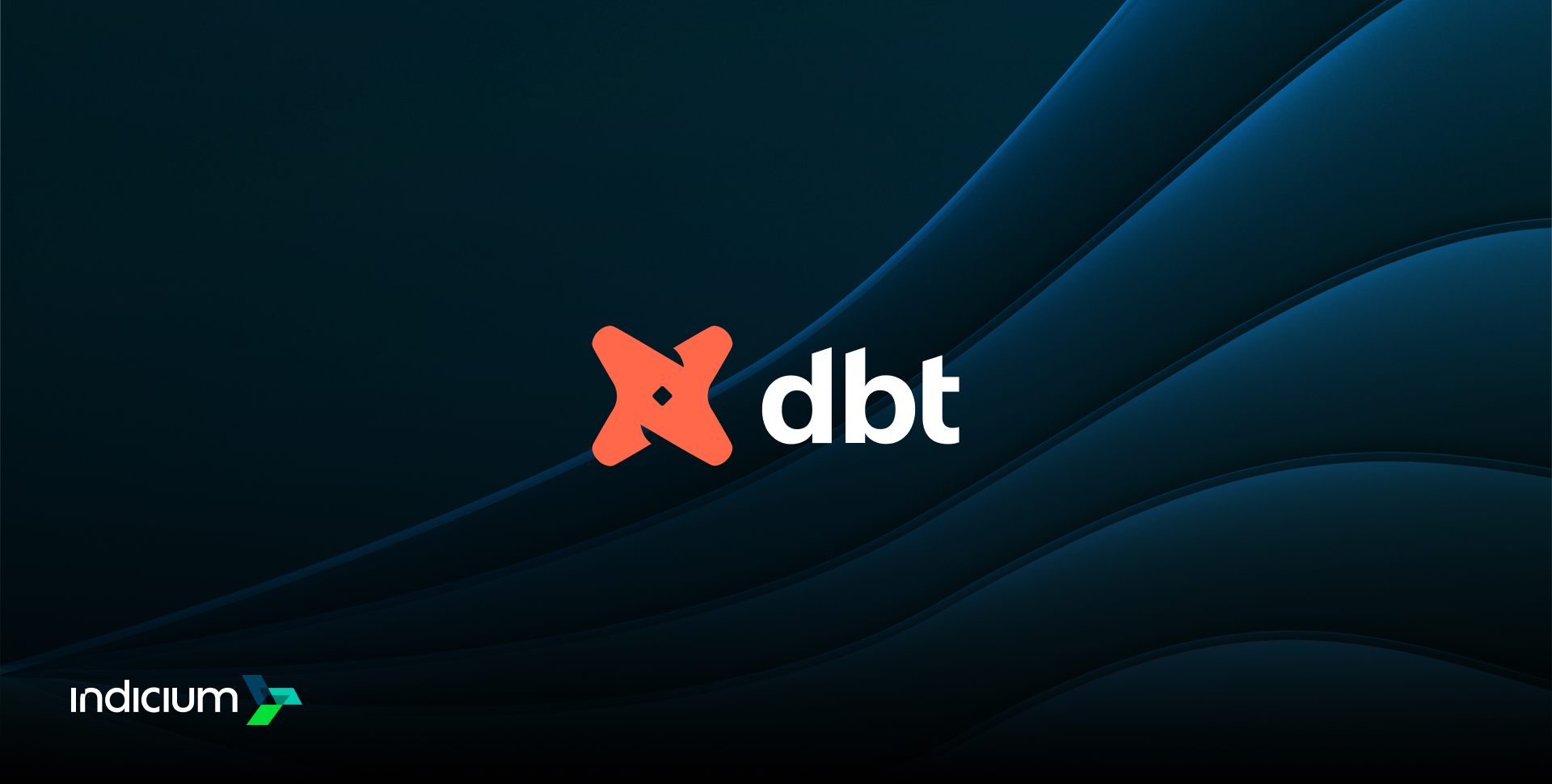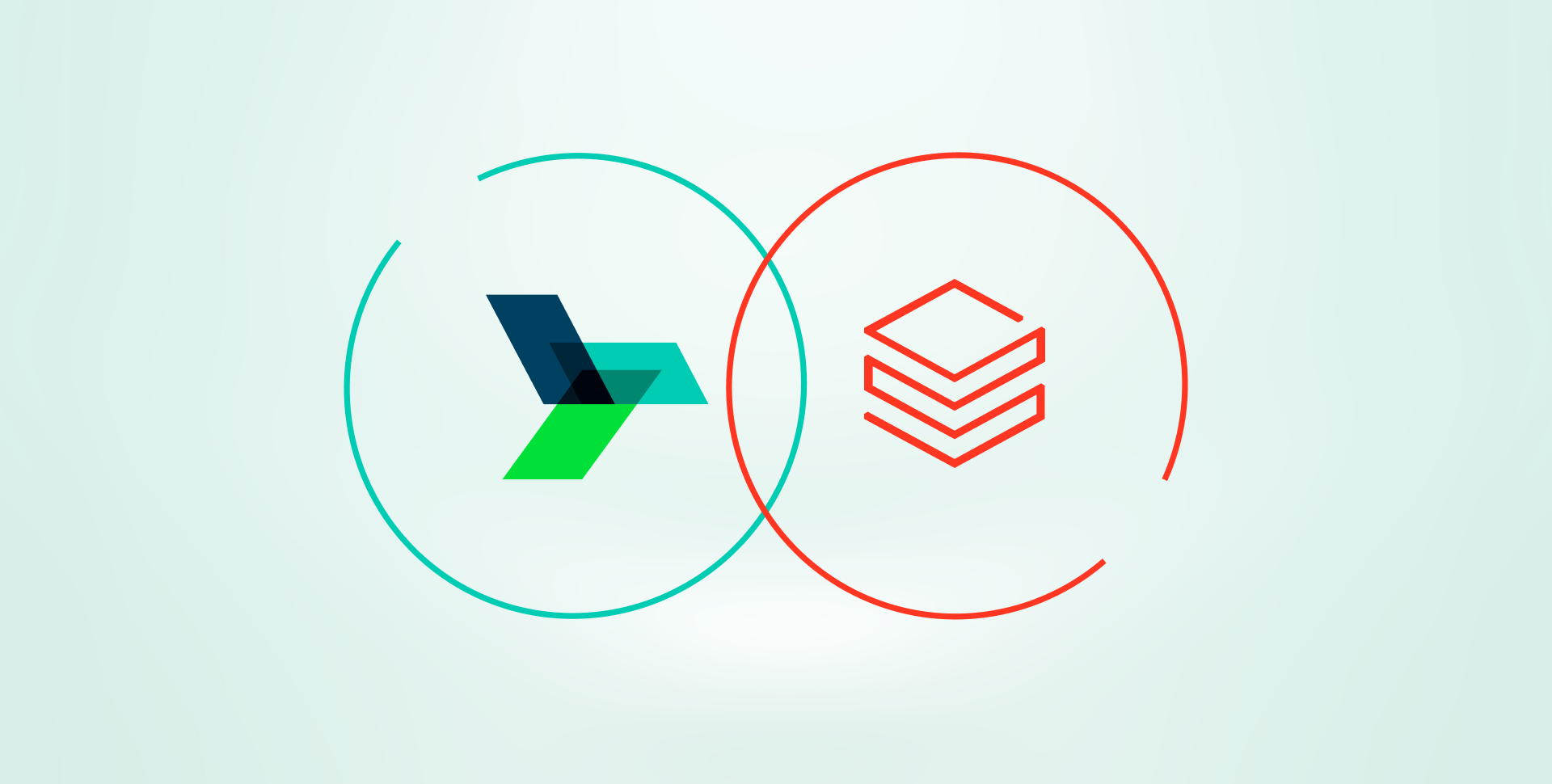
-
Written by
-
CategoryData Platform Optimization
-
Published DateAugust 28, 2024
There are plenty of tools out there today to work with data, each with its own pros and cons, depending entirely on the problem you’re trying to solve. If you’re looking for the ideal tool to learn or apply in your business in order to extract value from your precious data, this post is for you.
We’ll introduce two innovative tools that have been gaining attention in the data world. Our goal is to showcase their advantages and differences so you can decide which one fits your needs best. So, in this post, we’re going to talk about dbt vs Alteryx. First, we’ll define each tool, and then we’ll go over which situations they’re best suited for.
dbt: Transforming the Way Teams Work With Data
dbt, short for Data Build Tool, is an open-source tool developed by dbt Labs that aims to simplify data transformation using a single programming language: SQL.
It’s also one of the tools used in the new data infrastructure model called modern data stack, which combines several technologies—each with distinct functions like integration, storage, and visualization—into a unified open-source ecosystem that brings more efficiency, independence, and scalability to a business.
dbt has been gaining traction in the market not only because it’s free but also because it’s incredibly easy to use. It includes features that make life easier for data professionals and even help non-data folks understand what’s going on.
In addition to letting you transform data using SQL, dbt offers:
- Testing capabilities: check data quality, integration, and code performance.
- AccomplishedDeployment tools: publish your repositories privately or publicly.
- Auto-documentation: generate project documentation automatically, log all changes, and even include the docs in the deployment.
So, dbt is quickly becoming one of the top data transformation tools, with advantages like:
- Easy to use for non-data professionals
- Flexible data modeling
- Change history tracking
- Simple version control
- Open source and customizable
- Connects with multiple databases
- Built-in data quality testing
- Low learning curve
- Integrated documentation
Alteryx: End-to-End Solution for Fast, Powerful Insights
Unlike dbt, Alteryx is a data analytics platform that uses little to no code. It aims to unify areas like Analytics, Data Science, and Process Automation in a single end-to-end platform, all with the goal of accelerating your business’s digital transformation.
As a leader in Analytics Process Automation, Alteryx is a strong choice for businesses wanting to develop a data culture without needing a full team or a “superhero”—in other words, someone who knows every programming language and every data process inside and out.
But, as with anything, it’s not all perfect. Alteryx brings together multiple processes into a single tool that simplifies analytics, but it also comes with a price tag. It requires a paid license ranging from individual to organizational. The most common license, “Alteryx Designer,” costs around $5,195 USD/year per user.
A bit steep, right? Still, the platform offers a wide array of features:
- Covers all stages of the data process: extraction, prep, transformation, predictive analysis, and sharing
- Automates many parts of the analytics workflow, like cleaning and transforming data
- Provides visual analysis at each stage
- Supports predictive modeling (neural networks, decision trees, etc.), all through visual elements
- Offers geospatial insights: useful for marketing, logistics, and sales territory optimization
- Easy creation and sharing of reports (maps, tables, text in PDF, HTML, DOCX, etc.)
- No-code app publishing: allows managers to interact with models and adjust parameters to suit their needs
- Connects to any data source: ERPs, cloud services, on-prem databases, spreadsheets, and more
However, because it’s a low-code/no-code data science platform, many professionals end up opting for other tools. There are limitations in both its functionality and its ability to integrate with other tools.
Another drawback is that Alteryx is not cloud-native. It must be installed on your local machine, a local server, or a cloud server, potentially adding hardware, licensing, or cloud solution costs. Also, unlike other cloud-native solutions that you can access instantly from anywhere, Alteryx requires setup and configuration to be accessed remotely, so it’s not ideal for remote teams.
The Best Tool Is the One Aligned With Your Data Stack
At this point, you probably have a better grasp of the key differences between these tools. While dbt is focused on solving problems specifically related to data transformation, offering visibility into those transformations via an open-source tool, Alteryx provides an “all-in-one data analytics solution” that covers the entire data process with a drag-and-drop approach. This can speed up workflows and free up time for deeper data analysis, though it comes at a relatively high cost depending on your budget and business needs.
In the end, most data professionals aren’t looking for a full analytics suite, they just want a solution for ETL or ELT (Extract, Transform, Load) processes, ideally open-source. This need can often be met by tools within the modern data stack, which tends to be faster, cheaper, more scalable, and get the job done.
Ultimately, there’s no such thing as one tool being better than the other. It all comes down to your specific needs and the investment you’re willing (or able) to make at this moment.
About Indicium
Arthur Leal Rockenbach
Stay Connected
Get the latest updates and news delivered straight to your inbox.






